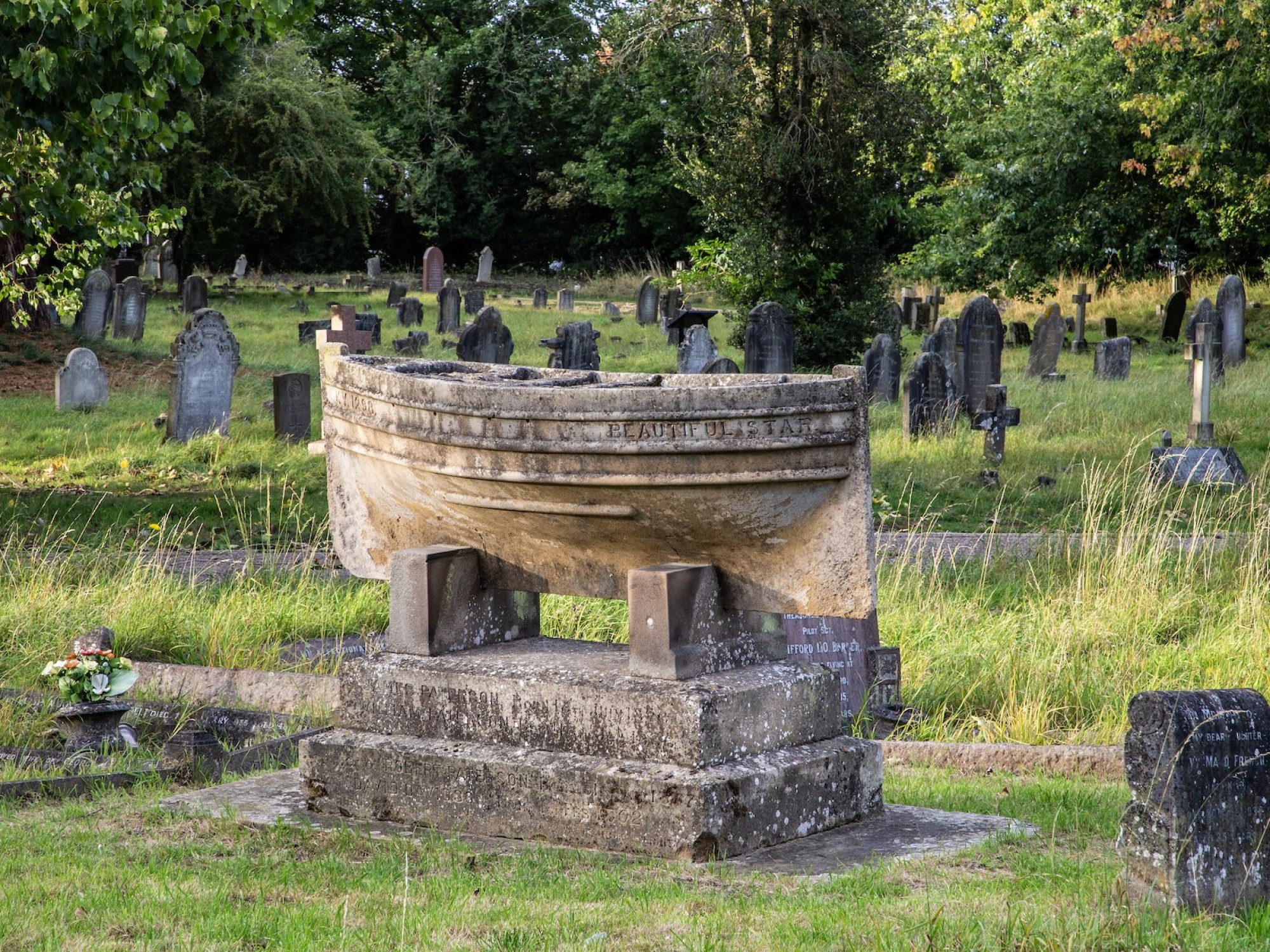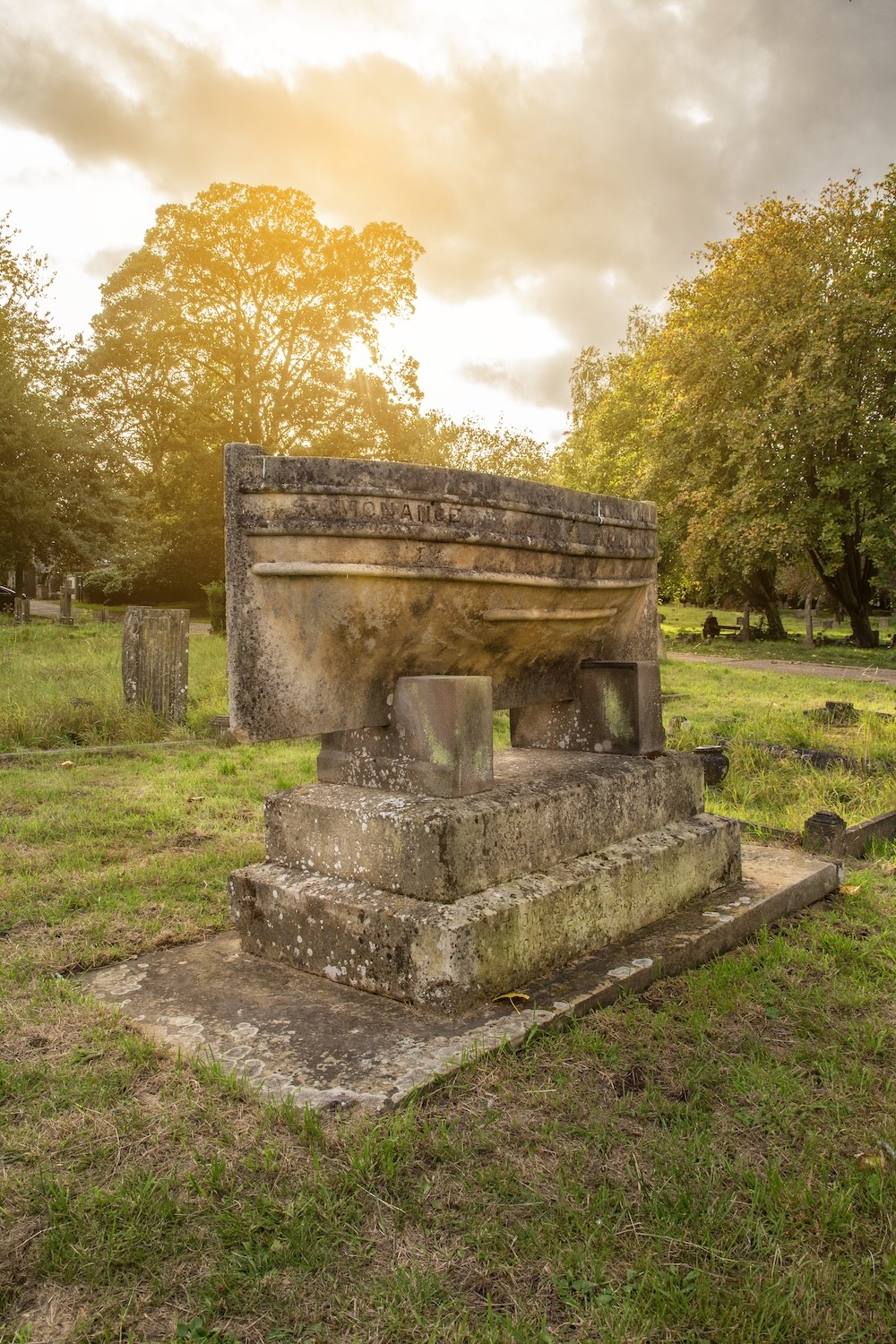
Bound by sea, sorrow and spirit
150 years after the wreck of the Beautiful Star, Dr Paul Richards reflects on a tragedy that united two ports
Since 1863, Fife fishermen had sailed south each autumn to harvest herring off the Norfolk coast, and September 1875 was no exception. Around 90 twin-sailed boats departed the East Neuk, bound for Yarmouth and Lowestoft. Scottish ‘fisher lassies’ also travelled by train to these East Anglian ports to gut, salt and pack the catch.
As the fleet began its return to Fife on 19th November, a terrible gale struck. Five Fife boats were lost and
37 men were claimed by the sea, including three swept overboard from other vessels.
This account centres on the Fife village of St Monans, which suffered the loss of three boats and 21 men, leaving 11 widows and 43 fatherless children. The other two Scottish boats engulfed by the storm were from Cellardyke, and both crews perished.
One of the lost vessels, the Beautiful Star, had recently been built at St Monans for James Paterson, who also served as skipper. It was likely overwhelmed by giant waves driven by the gale and drifted for several days. The steamer Sea Nymph, returning from Hull to King’s Lynn, came across the stricken boat and towed it to Boal Quay.
The following morning, the crew of the Sea Nymph returned to the Beautiful Star and were shocked to find five bodies in the cabin. The drowned fishermen were brought ashore and taken to the nearby Mariner’s Arms on South Quay. A telegraph was sent to St Monans (the village name was inscribed on the boat) and local resident David Duncan travelled by train from Scotland to King’s Lynn to identify the bodies.
A funeral was held on 1st December, and five hearses carried the men from South Quay to Hardwick Road Cemetery. The cortege was solemn and impressive, with townspeople joining Scottish relatives in mourning and many lining the streets to pay their respects. A large crowd gathered at the graveside and Rev. J. Simon of the Methodist New Connection conducted a moving service.
The funeral costs were covered by the Good Templars, a temperance
and self-help organisation that supported working people. Originating in the United States, the movement
had reached England by 1868. Several of the deceased fishermen were members of the brotherhood, and the Methodist New Connection Chapel on Railway Road was closely associated with the group.
The funeral procession included 55 Good Templars, 60 Naval Reservists, 58 fishermen from the North End and 30 seamen. The people of Lynn treated the Scottish fishermen with dignity and honour, and their compassion is still remembered in Fife today.
Tragedy deepened on 2nd December, when a second boat from St Monans was found overturned by a Lynn fishing smack. This vessel was the Thane, and three drowned men were discovered in the cabin. Another Lynn boat brought the bodies to the Fisher Fleet, and an inquest was held at the Town Hall. David Duncan, who had remained in town to sell the wreck of the Beautiful Star, identified two of the men.
The third St Monans boat lost in
the gale was the Quest. It was discovered overturned on the Norfolk coast at Blakeney, but no bodies
were recovered.

The funeral for the crew of the Thane took place on Sunday 5th December, following the same route from South Quay to Hardwick Road Cemetery. Once again, the streets were lined with mourners. The Good Templars funded the three hearses, and 76 members of the brotherhood attended, alongside 137 fishermen, 60 Naval Reservists and 32 shipmasters and sailors. Five men from St Monans, relatives of the drowned crew, walked behind
the hearses.
At the cemetery, a crowd of around 1,000 gathered as the three men from the Thane were laid to rest beside the five from the Beautiful Star. Rev. J. Simon led prayers once again, and a service was held that evening at the Tabernacle on Railway Road, attended by many Lynn fishermen.
In 1875, St Monans was a close-knit, sea-dependent community of around 1,750 people. Most families were related to one another, so the loss of three boats and 21 men devastated
the village.
In Fife, Sir Robert Anstruther launched a fundraising campaign through Scottish and English newspapers to support the many widows and their children. Committees organised events, and over £7,200 was raised for the ‘East of Fife Fishermen’s Widows’ and Orphans’ Trust Fund.’ Disbursements soon followed.
In King’s Lynn, the local newspaper invited contributions to a Memorial Fund, supported by Mayor F.J. Cresswell. £43 was raised, £32 of which funded a stone monument representing the Beautiful Star, sculpted by Mr A.W. Bone of London Road. Unveiled in April 1876, it remains the only listed monument in Hardwick Road Cemetery. The remaining funds were sent to St Monans to support the Trust Fund.
Now, 150 years after the great gale, St Monans and King’s Lynn are reconnecting. A Memorial Garden will be opened in St Monans on 22nd November 2025, with the Mayor of King’s Lynn and West Norfolk in attendance. A commemorative
service will be held at St Nicholas’ Chapel in the town centre, followed by wreath-laying at Hardwick Road Cemetery on 3rd December. An exhibition is also set to launch at True’s Yard Fisherfolk Museum on 1st November, sharing this epic and poignant story with a new generation.
Time has passed, but the tide of remembrance still flows between St Monans and King’s Lynn.
